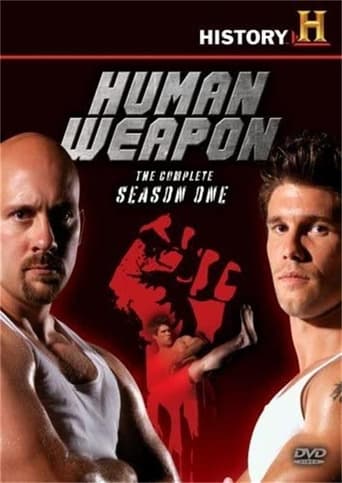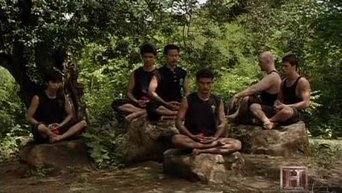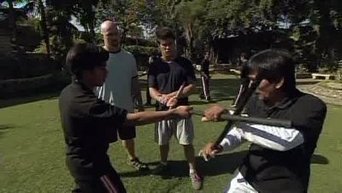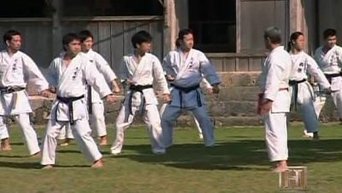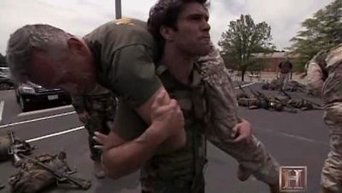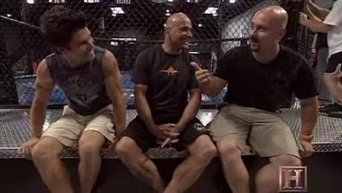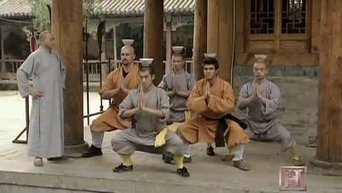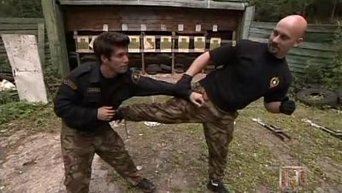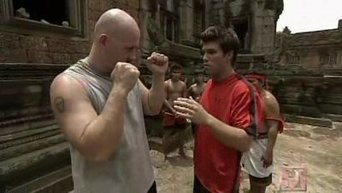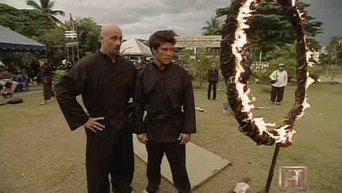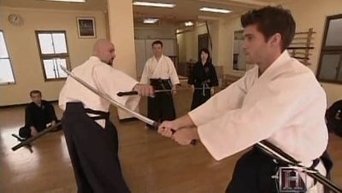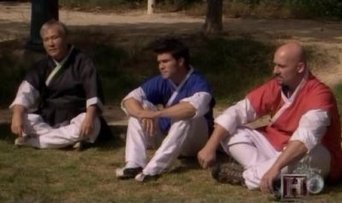Human Weapon (2007)
Human Weapon was a television show on The History Channel that premiered on July 20, 2007. The hosts, Jason Chambers and Bill Duff, traveled across the world studying the unique martial arts, or styles of fighting, that have origins in the region. Each episode usually consisted of a brief introduction regarding the featured martial art, including footage of established fighters sparring. The hosts would then travel to various locations, learning several strikes, blocks, or other techniques valuable to the particular art from various instructors and/or masters. Along the way, they learned about the origins and cultural history of each fighting style. To help the viewer understand the moves the hosts learn, each technique was visually broken down with a motion capture element. Creator Terry Bullman also acted as stuntman for motion capture. After practicing featured aspects of the art, the hosts typically assessed the various skills and their effectiveness. At the end of each episode, one of the hosts would fight a representative of the episode's fighting style. The show is similar to a later program called "Fight Quest". The show was cancelled in August 2008.
With 30 Day Free Trial!
Human Weapon
2007Seasons & Episode
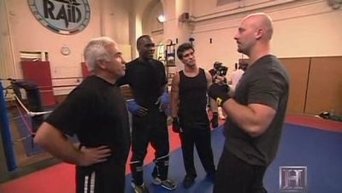
Jason and Bill travel to France to learn the ancient art of Savate, the official hand-to-hand combat technique of the French police. After exploring a castle from the 14th century, and causing an uproar when they interrupt a special training session, one of the guys will go it alone in a ring with a Savate champion.

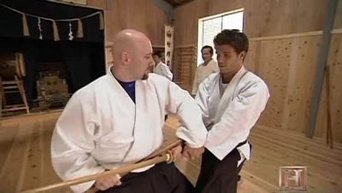
Hosts Jason Chambers and Bill Duff again travel to Japan to learn and fight in the modern Japanese combat sport.

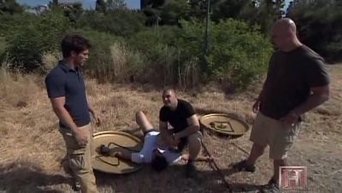
Jason and Bill journey to Athens, Greece to study what might be the world's first ever true martial art. This martial art was made famous by the Spartans and was first formed nearly 4000 years ago. It is also the known origin of wrestling, boxing, grappling and kickboxing. At the end of their journey either Jason or Bill will face a 6 time national Pankration champion.

Human Weapon was a television show on The History Channel that premiered on July 20, 2007. The hosts, Jason Chambers and Bill Duff, traveled across the world studying the unique martial arts, or styles of fighting, that have origins in the region. Each episode usually consisted of a brief introduction regarding the featured martial art, including footage of established fighters sparring. The hosts would then travel to various locations, learning several strikes, blocks, or other techniques valuable to the particular art from various instructors and/or masters. Along the way, they learned about the origins and cultural history of each fighting style. To help the viewer understand the moves the hosts learn, each technique was visually broken down with a motion capture element. Creator Terry Bullman also acted as stuntman for motion capture. After practicing featured aspects of the art, the hosts typically assessed the various skills and their effectiveness. At the end of each episode, one of the hosts would fight a representative of the episode's fighting style. The show is similar to a later program called "Fight Quest". The show was cancelled in August 2008.
Watch Trailer
With 30 Day Free Trial!
Free Trial Channels



